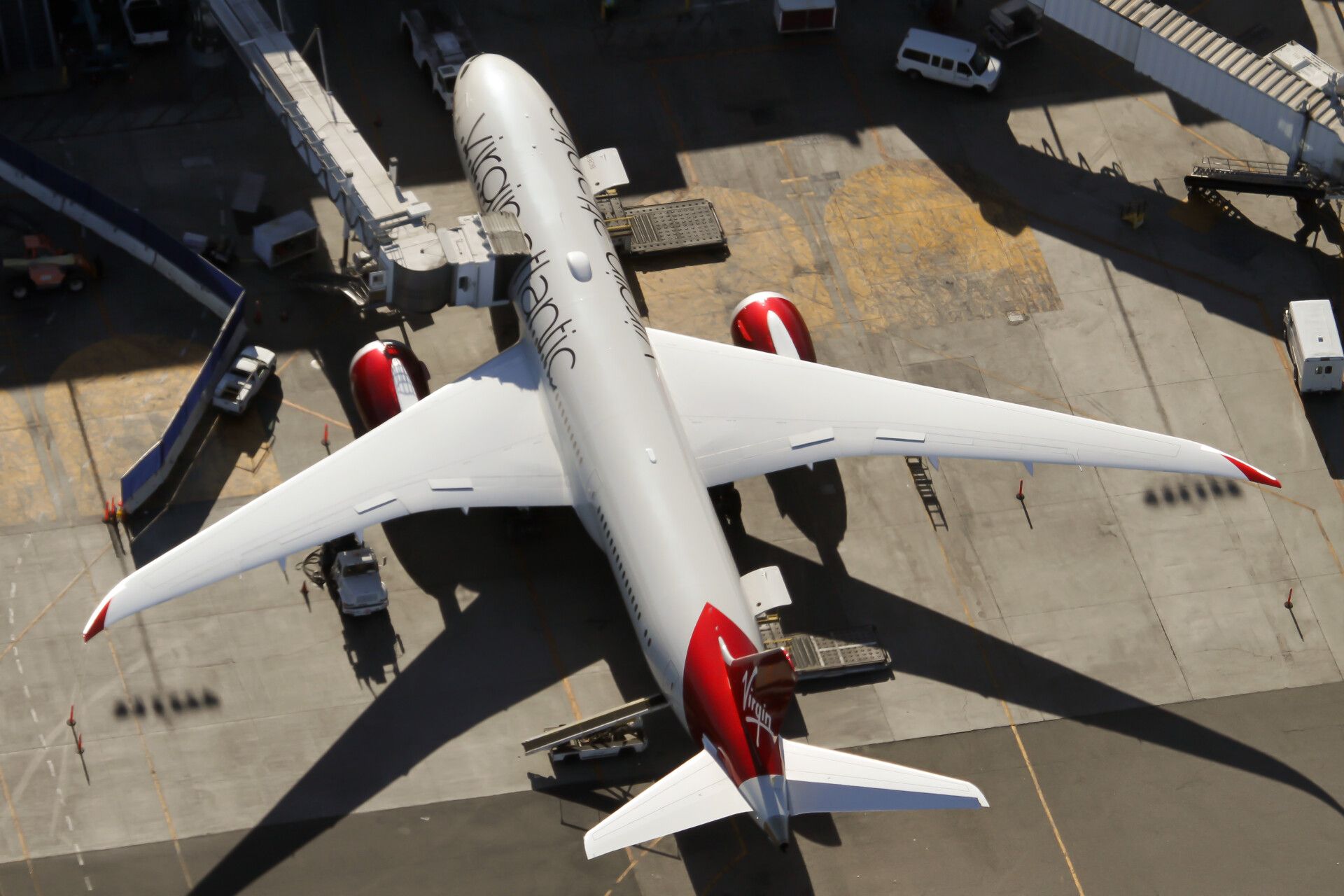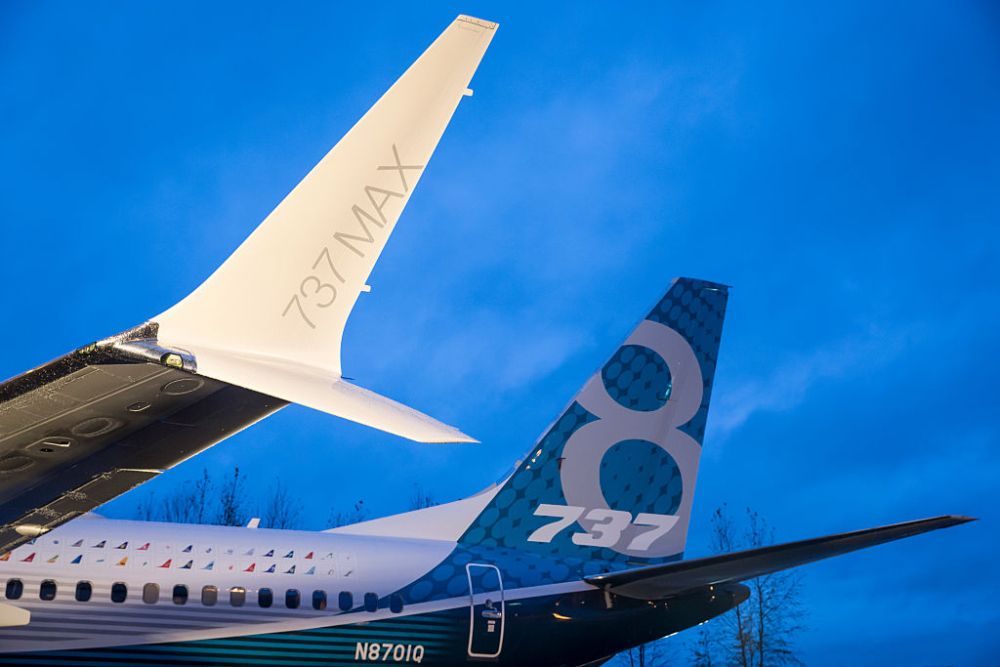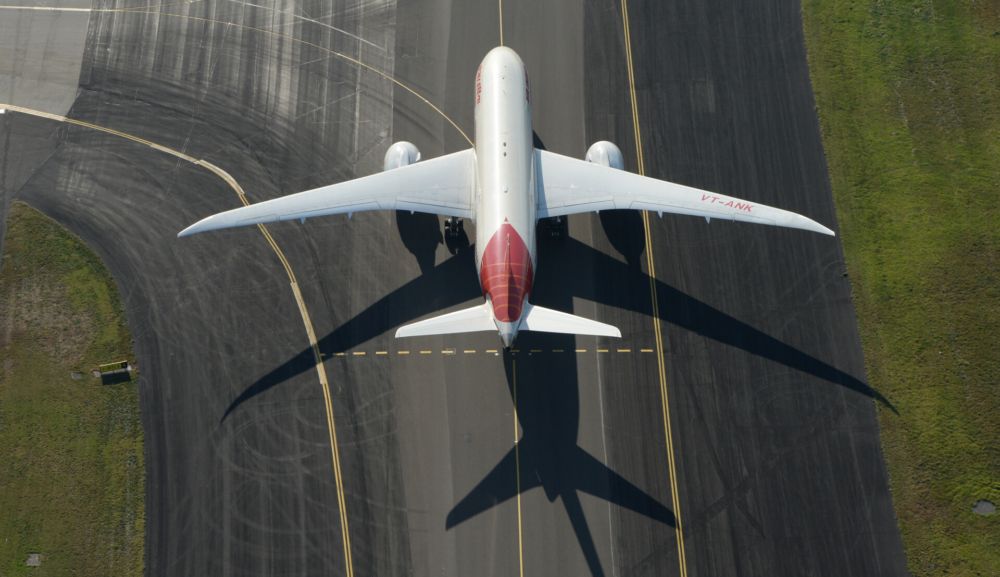Last year marked 10 years since the Boeing 787 'Dreamliner' family entered service with Japanese carrier All Nippon Airways (ANA). The next-generation widebody is known for being one of the most modern and efficient aircraft in the long-haul market. However, it can achieve its efficiency without the use of winglets. But why doesn't it have them?
The advantages of winglets
Let's start by briefly looking at why it can be in a manufacturer's interest to fit an aircraft with winglets. In an industry driven by factors such as costs, small adjustments can make a big difference over the course of an aircraft's career. For this reason, airlines want to fly the most efficient aircraft possible, and manufacturers look to enable this in several ways.
Saving fuel inflight plays a key role, not just for the money it saves but also from an environmentally-conscious point of view. By flying planes with winglets, airlines can benefit from fuel savings every flight that, when extrapolated across their entire operations, represent a significant change for the better. But how exactly do these components work?
As Simple Flying explored in 2020, there are several different types of winglets. You can see one of the most striking, Boeing's advanced split winglets, in the photograph below. In any case, they all share the same function. They aim to reduce drag (and, subsequently, fuel consumption) by minimizing the impact of wingtip vortices. They also increase lift.
Stay informed: Sign up for our daily and weekly aviation news digests.
An effective alternative for the 787
One of the Boeing 787 Dreamliner's key selling points is the fuel efficiency that its variants offer compared to older aircraft. Therefore, you might expect that winglets, or at least something like the A350's blended wingtips, which have a curved elliptical shape, would have played a key role in this. However, Boeing opted instead to fit the 787 with raked wingtips.
This term refers to the triangular shape of the end of the jet's wings, as seen in the photo below. These tips have a greater sweep angle than the rest of the wing. They also have a similar effect on wingtip vortices as conventional winglets. Furthermore, they offer weight savings compared to winglets, as they don't require an extra component to be added.
The airline industry is always full of new developments! What aviation news will you check out next?
In fact, research by Boeing and NASA found that this design offers greater drag reduction (5.5%) than traditional winglets (3.5-4.5%). With this in mind, the 787's wings were already efficient enough without needing to burden them with the extra weight of winglets.
The 787-3 would have had winglets
Interestingly, had Boeing produced the 787-3, this design would have featured blended winglets. Designed for the Japanese domestic market, the winglets would have reduced its wingspan to 51.7 meters (compared to 60.1 for the 787-8), allowing it to use smaller gates at regional airports. However, prospective customers JAL and ANA switched their orders to the 787-8, and Boeing canceled the 787-3.
The 777 features similar technology
As it happens, the 787 isn't alone in being a twin-engine Boeing widebody that doesn't have winglets. Indeed, this is also the case for the US manufacturing juggernaut's popular 777 family, which first flew back in June 1994.
Much like the Dreamliner family, the 777 also features raked wingtips. Among the reasons for having these instead of winglets is the fact that such extensions would cause their 64.8-meter-wingspan wingspan to exceed the 65-meter limit for ICAO's aerodrome code E. This is also why the new (and larger) Boeing 777X series, which has a wider wingspan, is fitted with folding wingtips.
Did you know why the Boeing 787 doesn't have winglets? Have you flown on a Dreamliner yourself? Let us know your thoughts and experiences in the comments!





-N2250U-2.jpg)